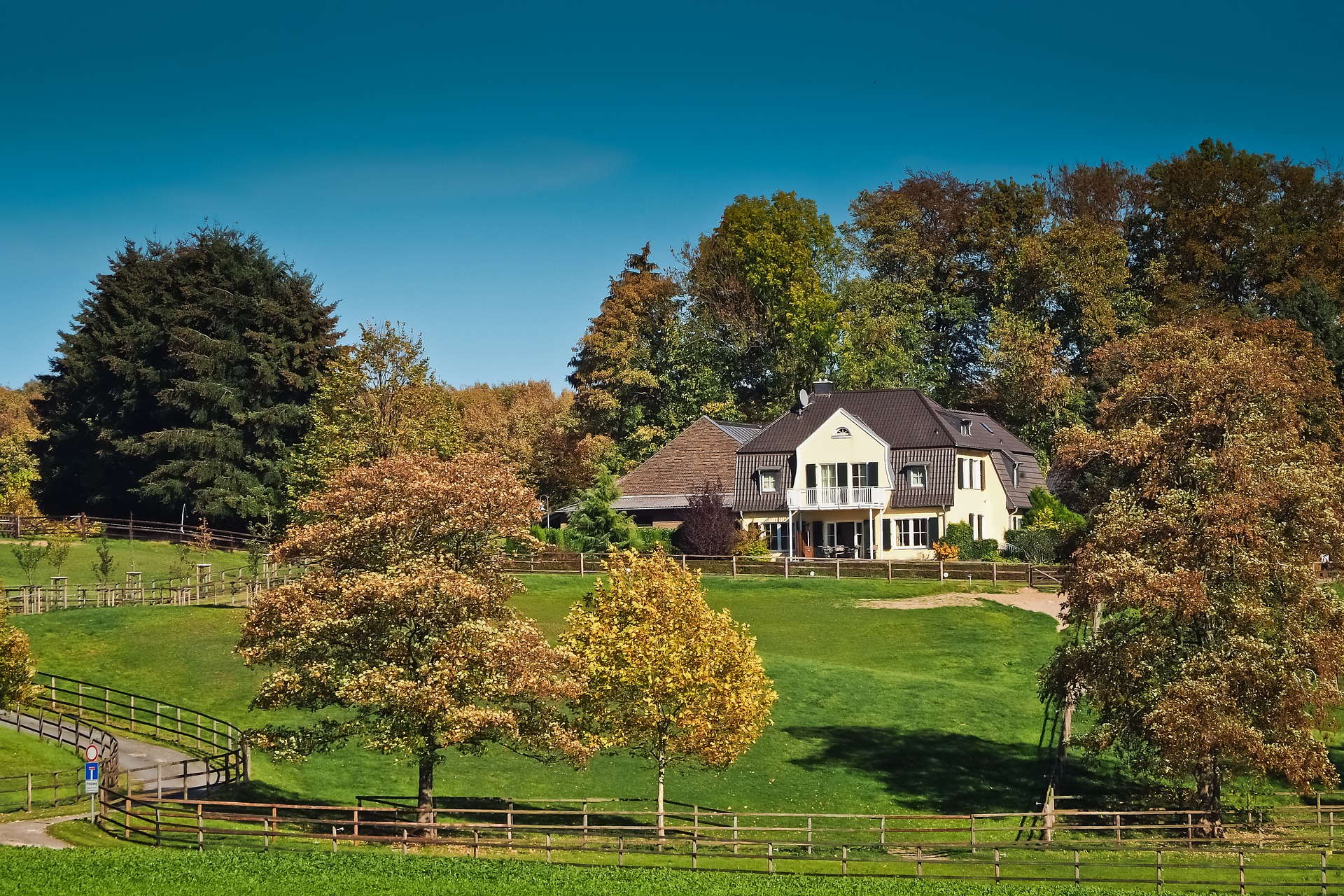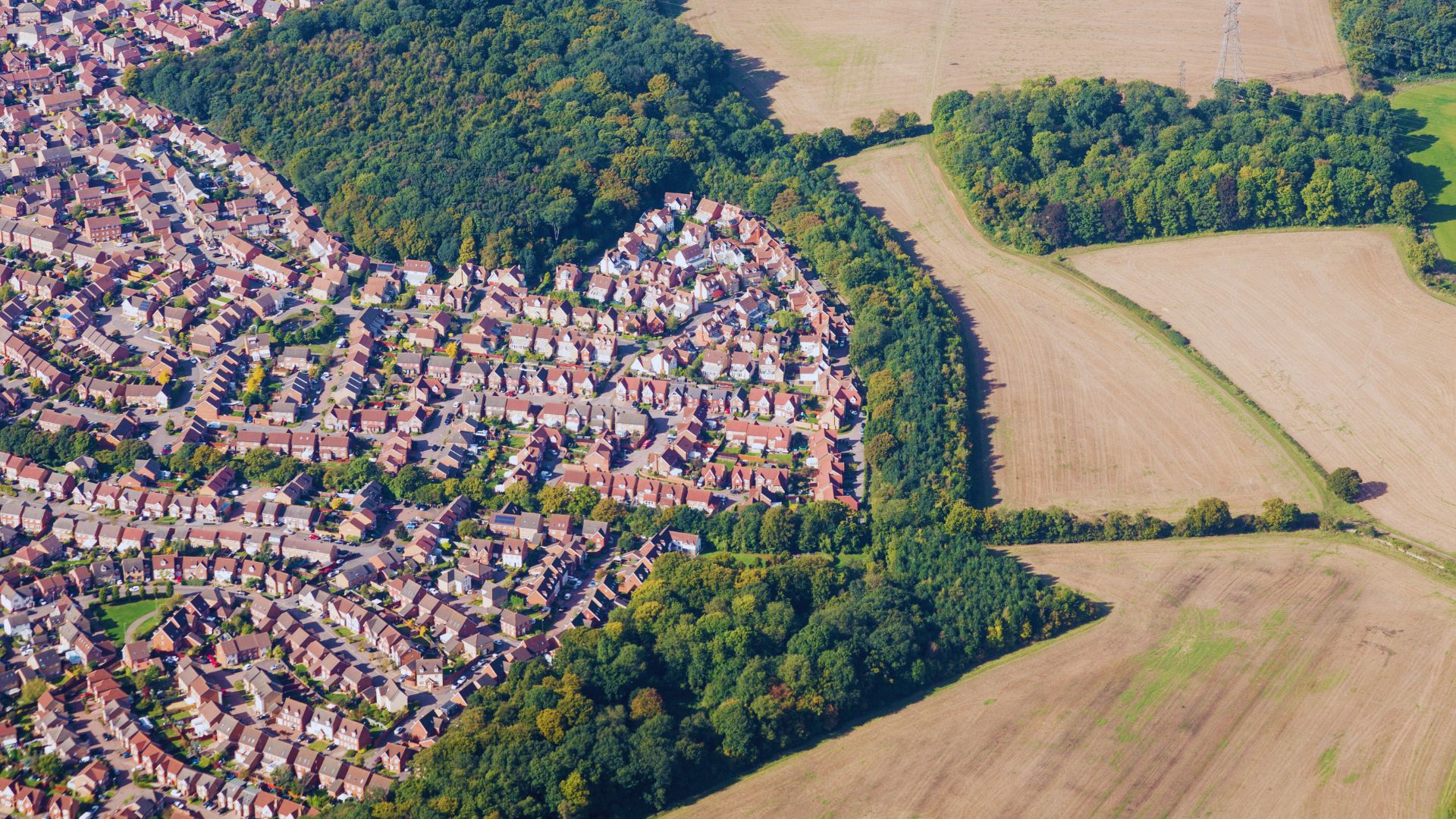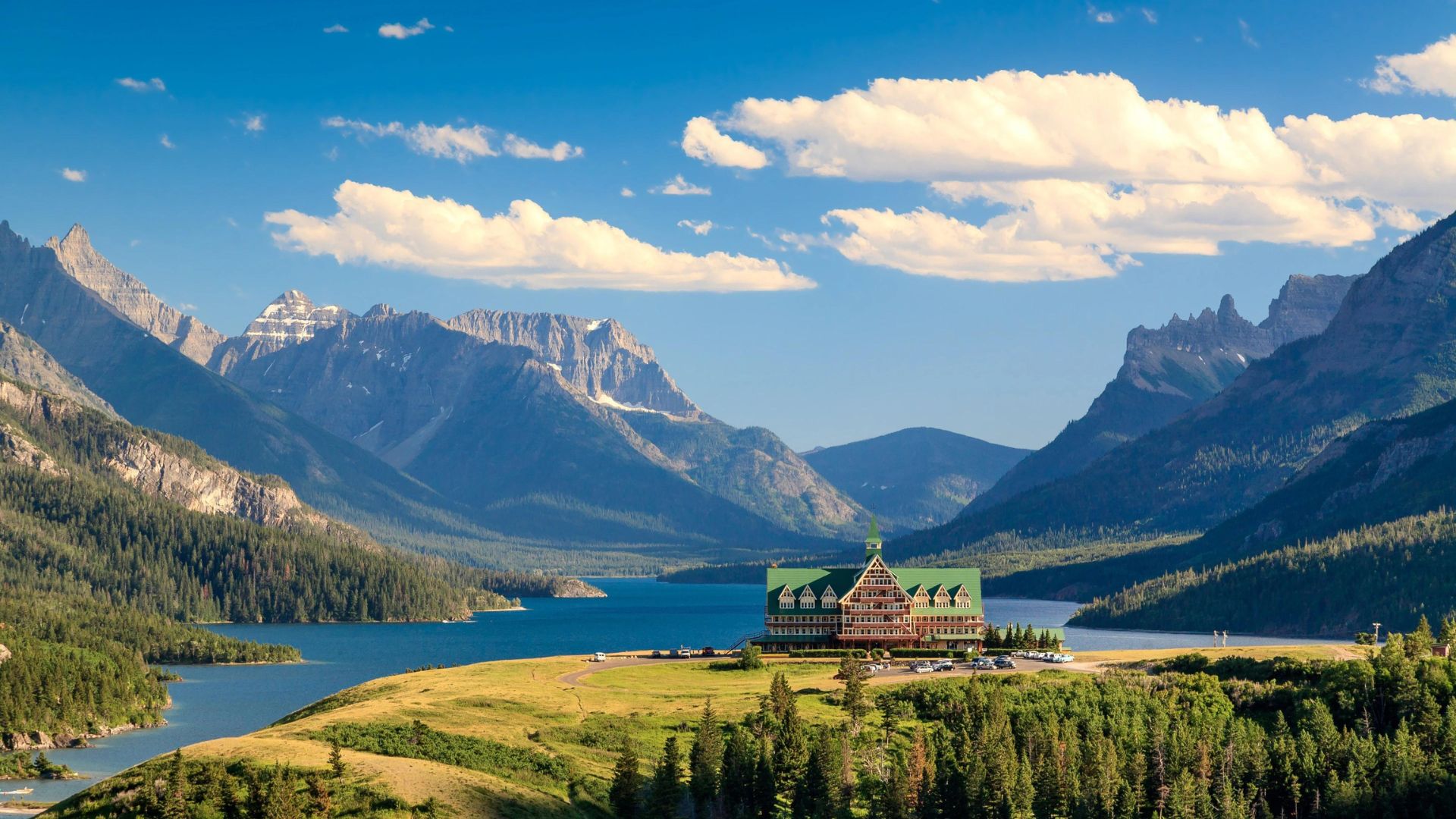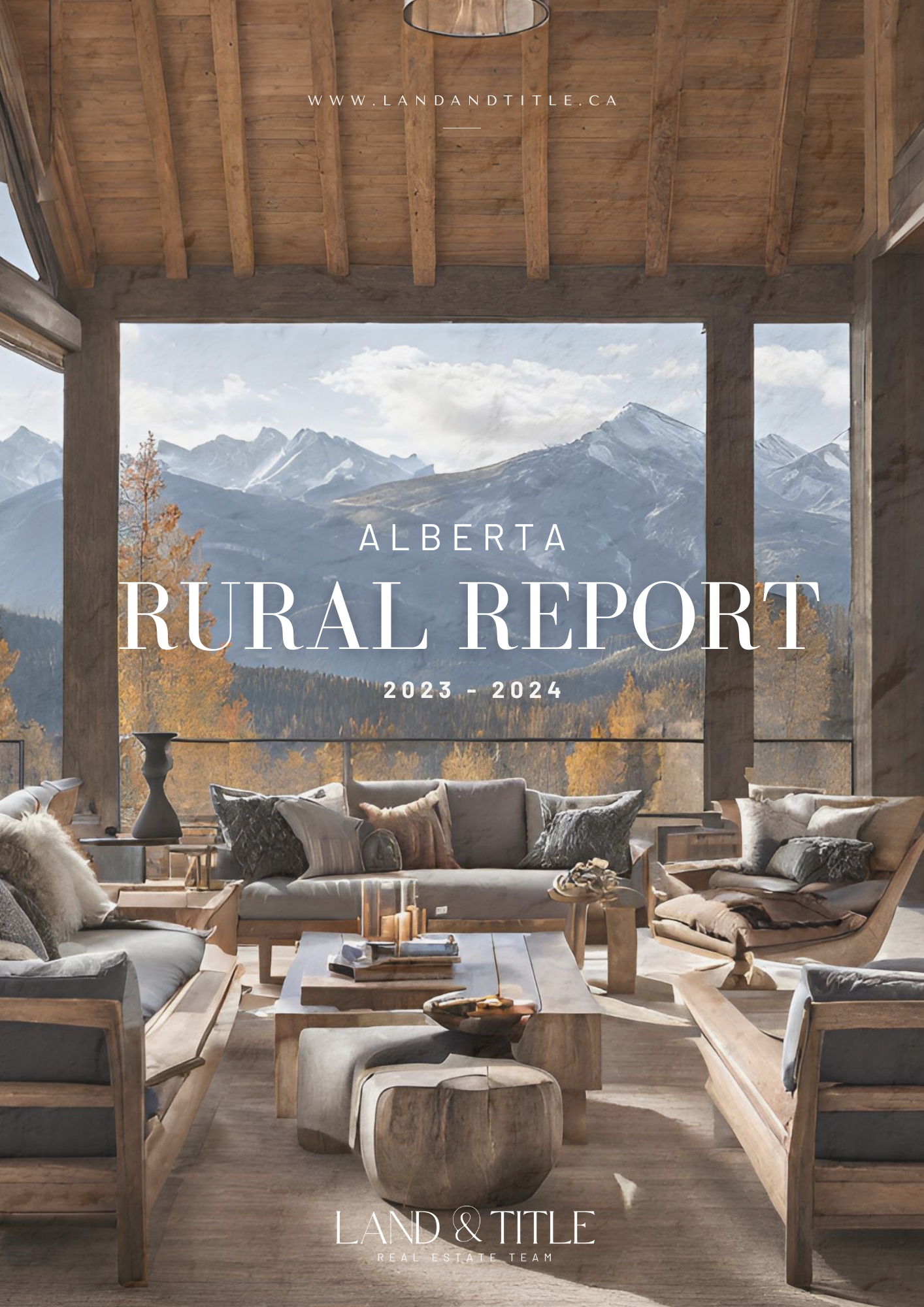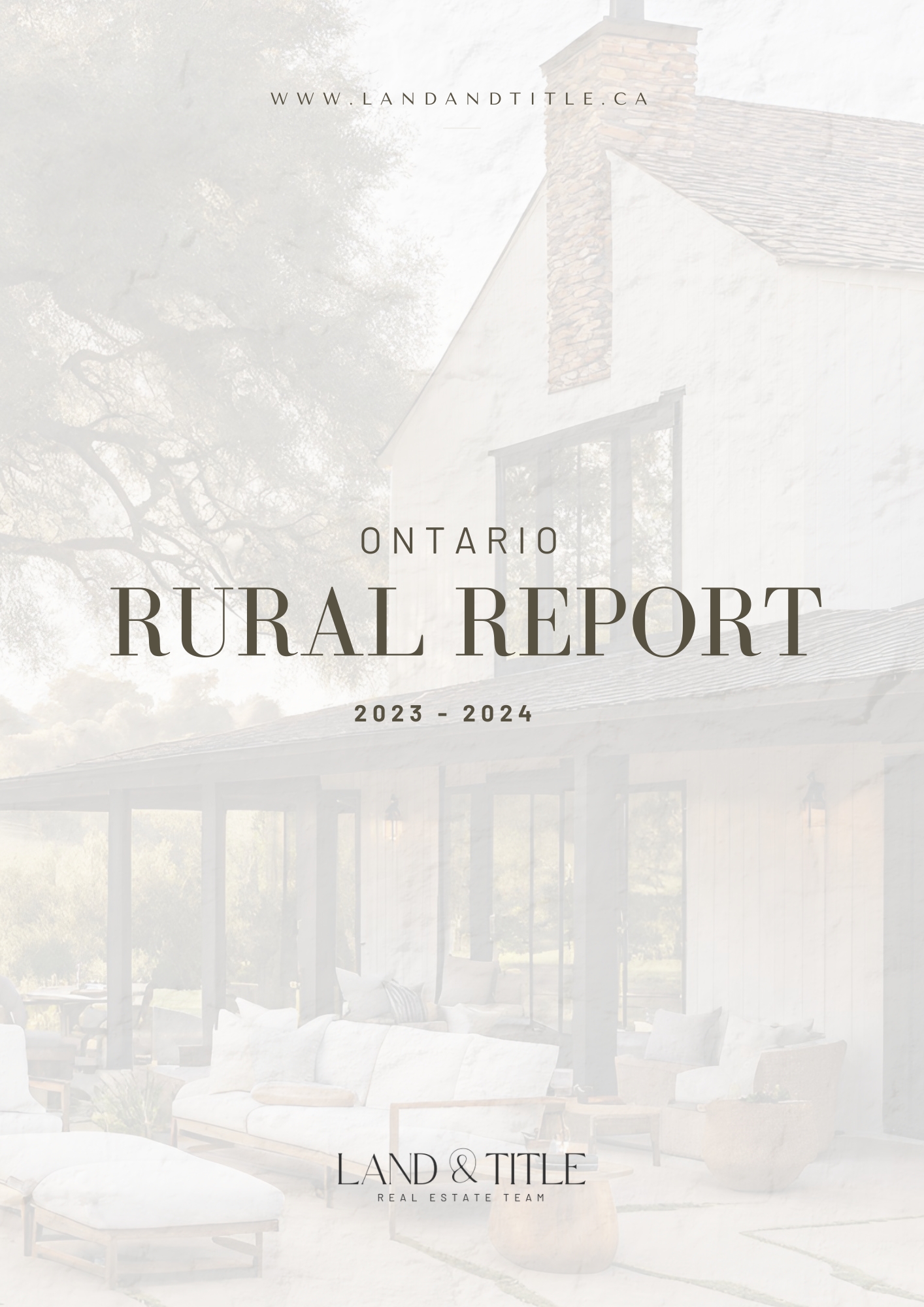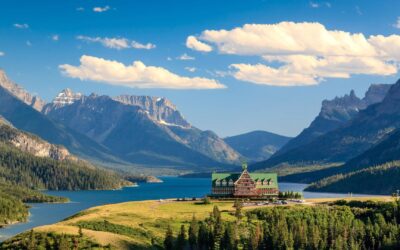Financing a country or rural home doesn’t have to be complicated. Sure, there are many varying factors that go into getting approved by a lender. But we’ve got you covered. Here are the 5 main things you should get a grasp on when it comes to financing your dream acreage.
Lenders and Risk Analysis
If you’ve purchased a home before, or taken out a loan, you will know that lenders are major risk assessors. Combing through every bit of information they can get from you to assess you and your ability to pay the loan back. They then take a close look at the value of the property you’re hoping to buy. They want to make sure that if you were to default on a payment, they won’t have a tough time offloading the property.
The more risk the lender feels there is with a property, the tougher it will be to get an approval.

Image Courtesy of Mike Mozart.
When it comes to country and rural homes, these 5 factors can impact whether a lender is willing to lend (“risk”) on a subject property:
- Downpayment and Property Values
- Zoning
- Size of the Property
- Additional Infrastructure
- The condition of the home and residential improvements
Let’s dive into these 5 factors in a bit more detail.
1. Downpayment & Property Values
Less than 20% Down Payment
It is possible to buy a home with acreage using a 5% – 10 % down payment. Provided the property meets certain requirements. This is made possible through the residential CMHC insured lending program. Of course, with some restrictions which include (but are not limited to):
- The property being valued under $1,000,000.
- The property and house being in good (habitable) condition.
- The value of the property will be placed on the home, garage and put to 10 acres. No value is given to outbuildings (e.g. heated sheds, shops, barns, paddocks, etc.).
- The minimum downpayment starts at 5% for a purchase price of $500,000 or less. When the purchase price is above $500,000, the minimum down payment is 5% for the first $500,000 and 10% for the remaining portion.
- Acreages or rural properties in very remote locations are going to be harder to finance at less than 20% down.
More on rural downpayment financing can be found here.
20% or More Down Payment
As mentioned multiple times, you should have an easier time obtaining financing with a down payment of 20% or more. The other lending requirements will still apply here including zoning, property size and condition.
Acreages with a purchase price in excess of $1,000,000 will need a down payment of at least 20% – 25% or more.
2. Zoning
Zoning, in short, tells you what you can do with the property. i.e.: what its permitted uses are.
Rural Residential or Country Residential zoning should be relatively easy to finance if the property meets the bank’s specifications on the criteria listed above.
A property with agricultural zoning can be a bit tougher.
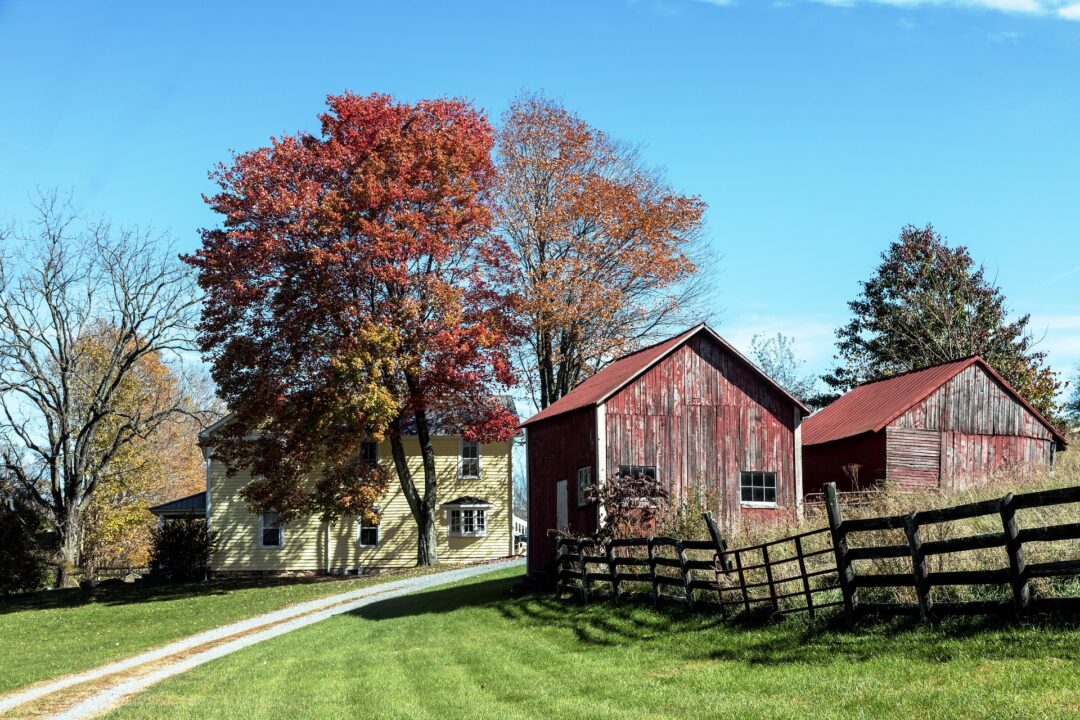
If there is only a single residence on the property and there have been no prior farming operations, agri-business or commercial operations carried out you should have an easier time getting financing.
However, the caveat to this is the size of the property. Sizing requirements or restrictions can play a significant part in the financing approval process with agriculturally zoned properties. More on this below!
Since the zoning of these types of properties can allow for some form of agricultural operation the bank will want assurances. They will want to ensure you don’t have plans to run a farm on the property with the intention of earning the majority of your income from this operation. This is one of the main reasons why sizing can be a big factor in the lender’s decision.
You may also be required to give a higher down payment on a property with agricultural zoning.
If you wanted to buy an actual farm or hope to buy a property on which to start up a farm, you will need a farm loan. This is a whole other kettle of fish with much tougher and more specific lending criteria.
3. Size of The Property
Typically a property under 10 acres can be financed similarly to any other residential property. The larger the property though, the tougher it can be to find a lender willing to lend on it.
Although it is not always the case, for properties over 10 acres, financing usually works as follows:
- Lenders often agree to lend on the residence plus 10 acres. Typically requiring a 5-20% downpayment depending on their perceived level of risk (i.e. your ability to pay the loan back, current debt, the state and location of the property and so on).
- The lender then values the excess acreage which they may require you to put down an additional down payment on (~ 50-70% of the appraised value on the balance of the acreage). Or they may simply require you to pay for the balance in cash.
Here is an example:
Let’s say you’re looking at putting 20% down on a 25-acre property priced at $1,000,000 with agricultural zoning. There are 10-acres of trees where the house and garage are located, and 15-acres of cleared pasture with an equipment shed. With a traditional residential mortgage, the lender will place most of the value on the first 10-acres with the house and garage. The remaining 15-acres and shed will have little value to a lender that is lending on the basis that the property is going to be a residential property. If once the lender appraises the property and they feel the value of the 10-treed acres with the house and garage are only worth $850,000, then you may be forced to come up with the balance in cash.
10-Acres: $850,000 x 20% = $170,000
Remaining 15-Acres: $150,000
This could mean a total of $320,000 in cash that you need to put down on the property.
This equals 32% downpayment. That is 12% more than the 20% you had initially planned for. You can see how the lender’s risk tolerance is starting to take shape!
It is important to note that this is VERY property and case dependant. There will be properties that are over 10 acres where the bank will be willing to offer regular financing options.
As mentioned earlier, zoning in conjunction with the size of the property will play a factor in lending approval here.
4. Additional Infrastructure
This point has to do with where lenders place value in a property, and where they don’t.
Let’s say you are looking at a property with an older century home that needs some updating. The property has a large detached garage, a brand new 4 stall horse barn on the property and new fencing. You might be excited by this find because to you, having the 4 stall barn is essential to what you want to do with the property… but your bank might not see it the same way.
Lenders often don’t put much value on outbuildings, barns, fencing and so on. Their main concern is going to be with the condition of the house and garage. The majority of their appraised value is going to come from these two buildings.
Even though the current owners of our example property above may have spent $20,000 on this new barn, and you feel the barn warrants this value in the asking price, the lenders likely won’t see it the same way or at the same value.
5. Condition of The House
The bank likely isn’t going to lend on a dilapidated house that isn’t fit for habitation unless you have spoken to them about a plan for renovations and they are involved in lending on the construction. This, of course, does add another layer of complexity but it is of course achievable.
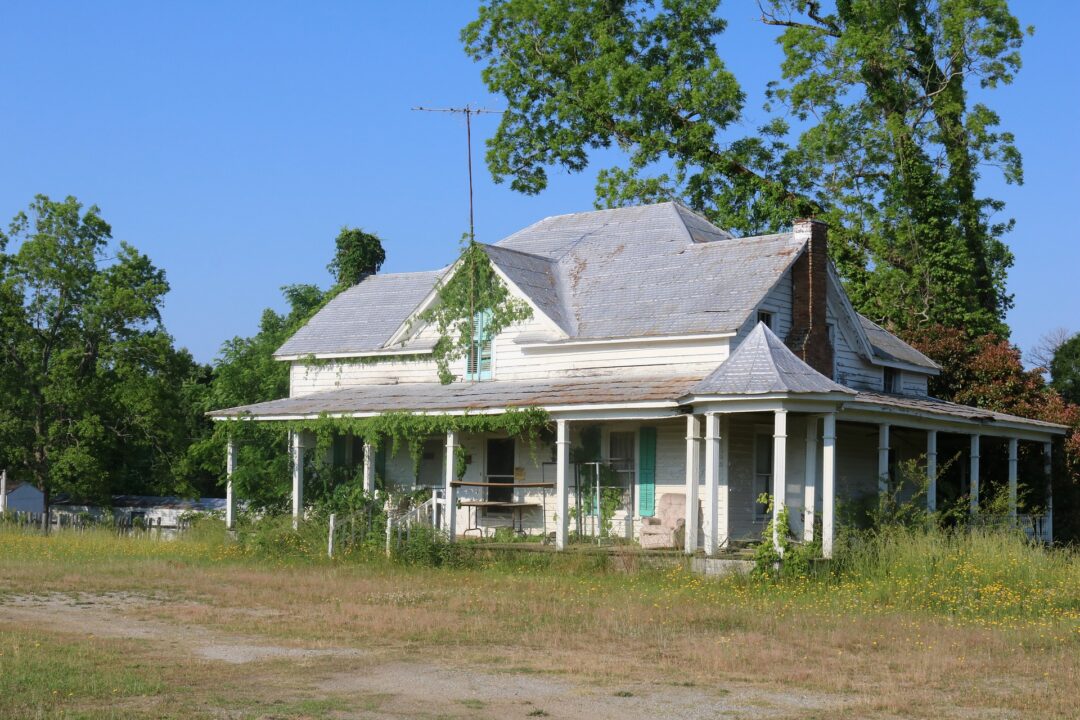
The value of the property as it currently exists is going to play a big factor in the bank’s decision to give you a mortgage and for how much.
A home needing cosmetic updates is not an issue, provided the systems, and structural integrity of the home is intact.
You often find utility systems like a well and septic system on the property. The bank is going to want to see certification and proof that these systems are in good working order. For instance:
- Water Portability Certificate / Well Water Certificate – After a sample of the water has been tested as safe for human consumption, this certificate will be issued.
- Septic Certificate – will need to be provided for newly installed systems. For existing septic systems, the bank may ask to see a completed septic inspection report and this is something you will want to have for yourself regardless.
Replacing any part of a septic system or well can be extremely costly so doing thorough inspections during your due diligence period is very important!
Getting Started
Speak with a mortgage broker or your bank before looking at any rural homes. This way you can see what price range or property you are approved for.
Happy Home Hunting!

